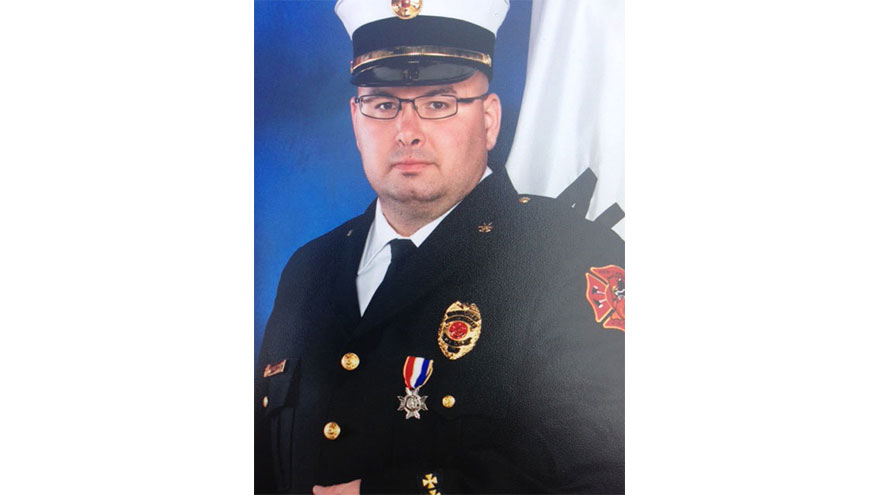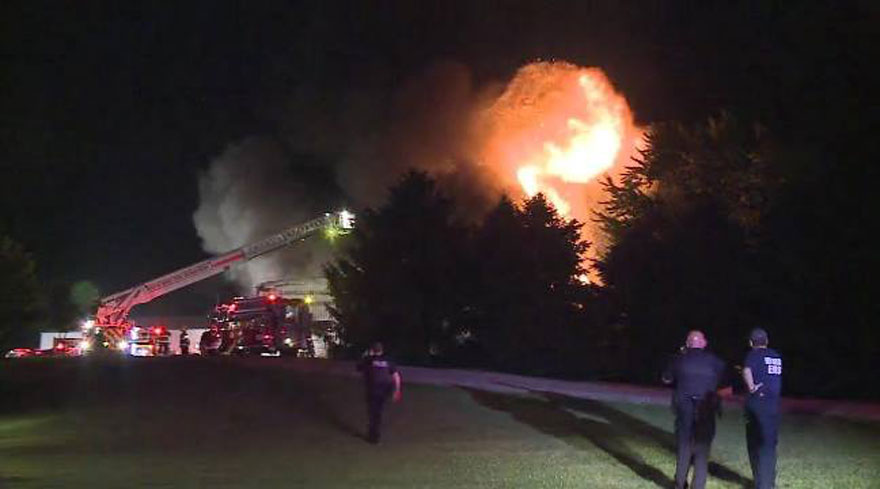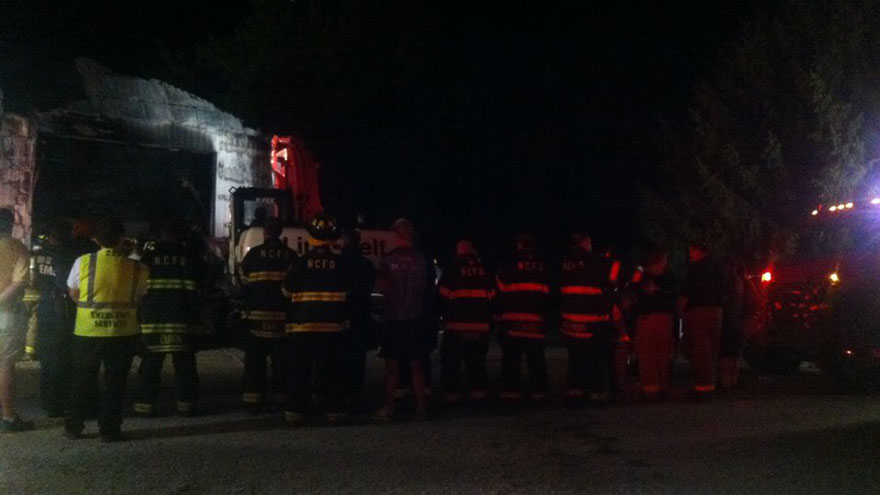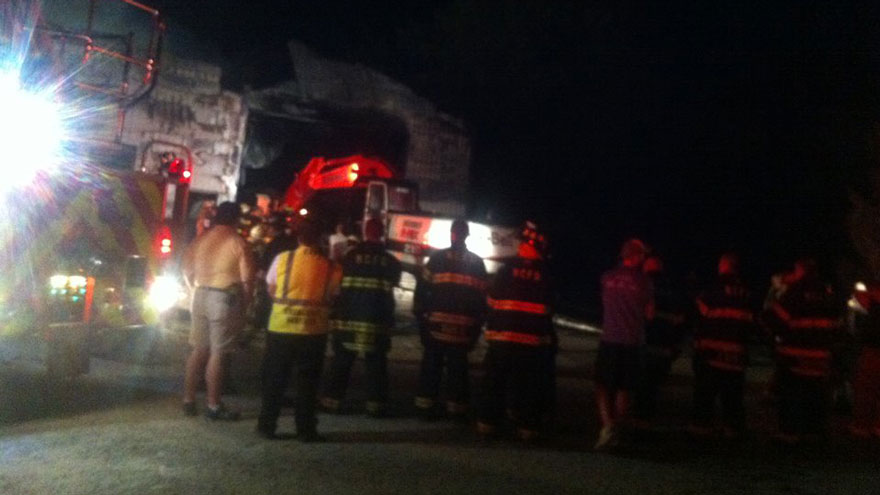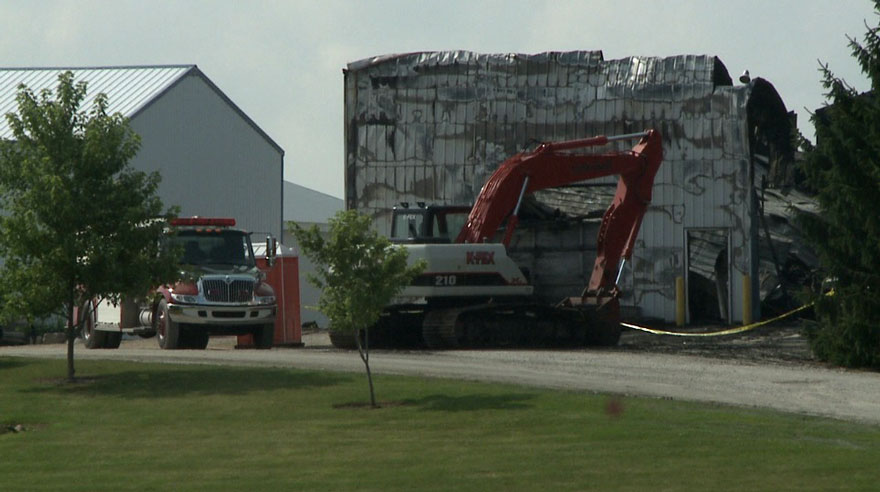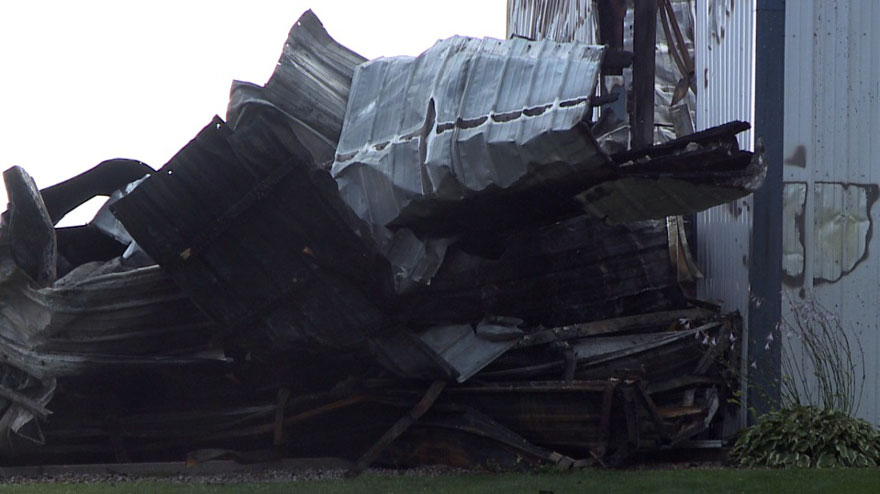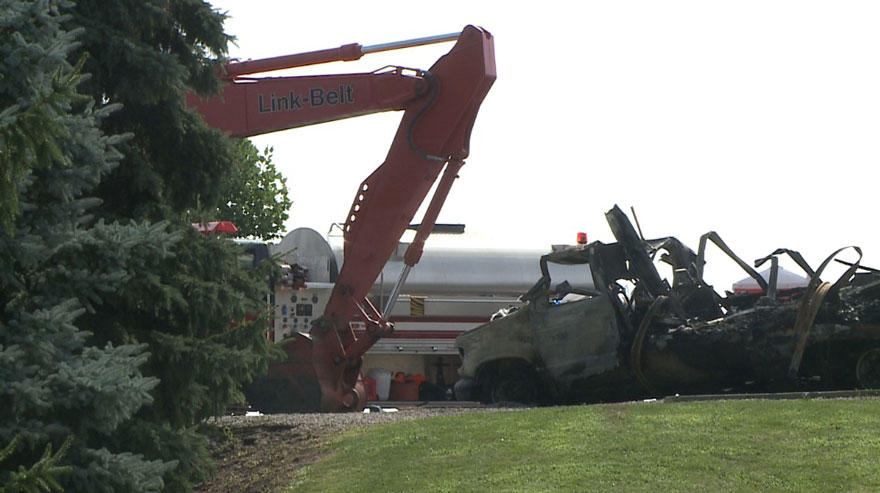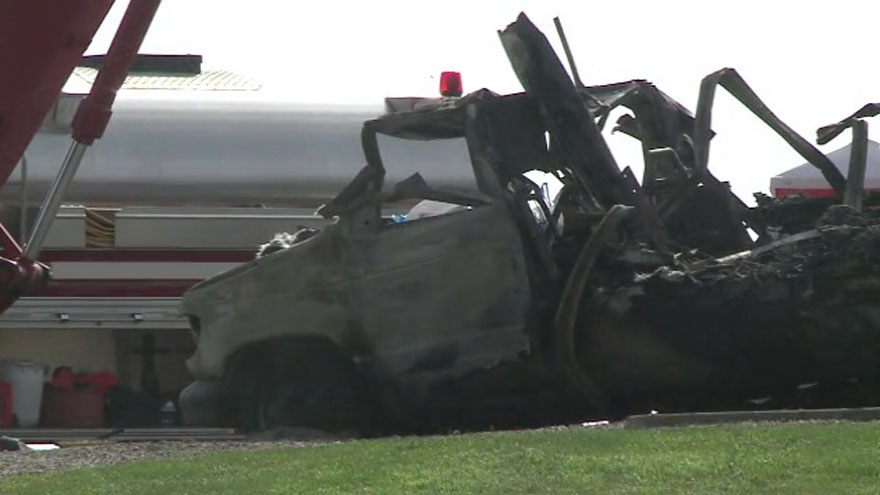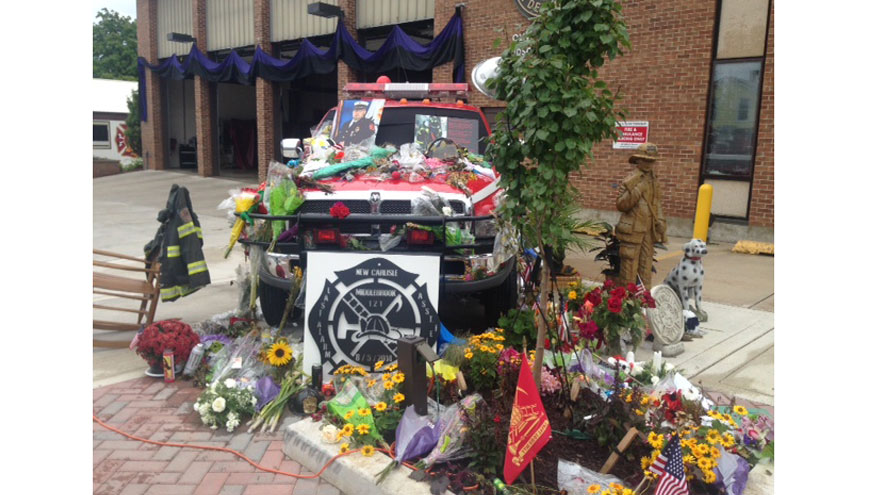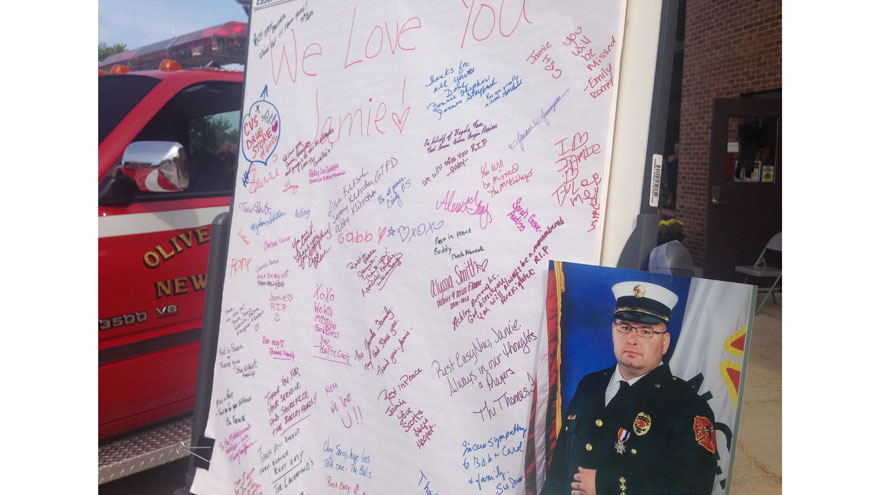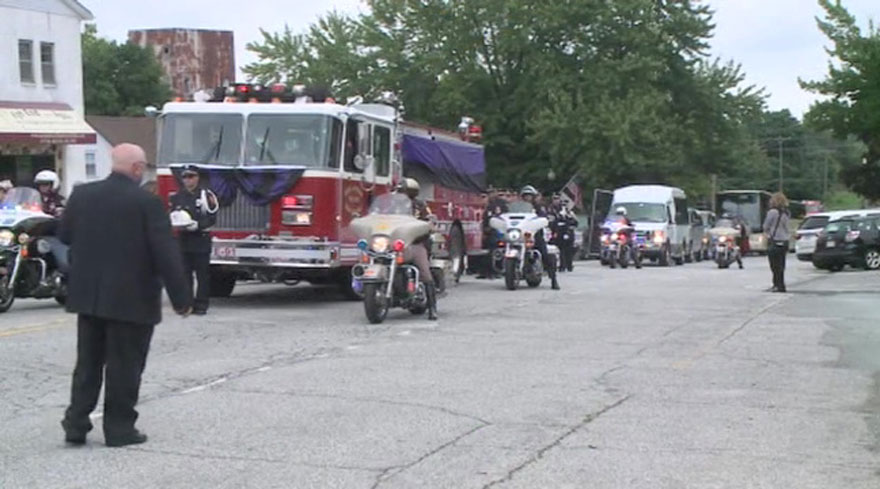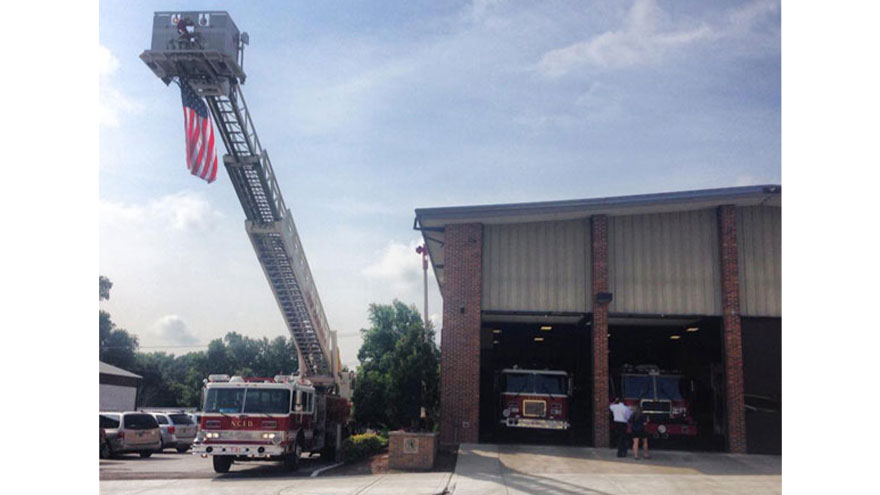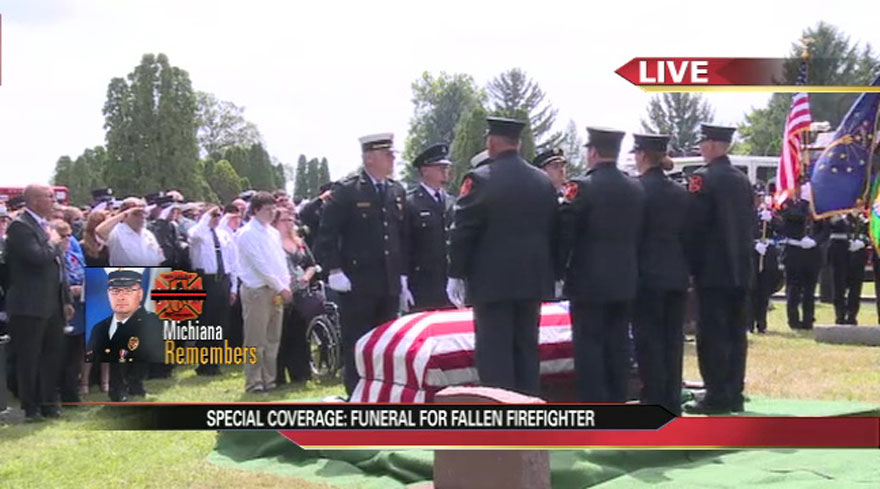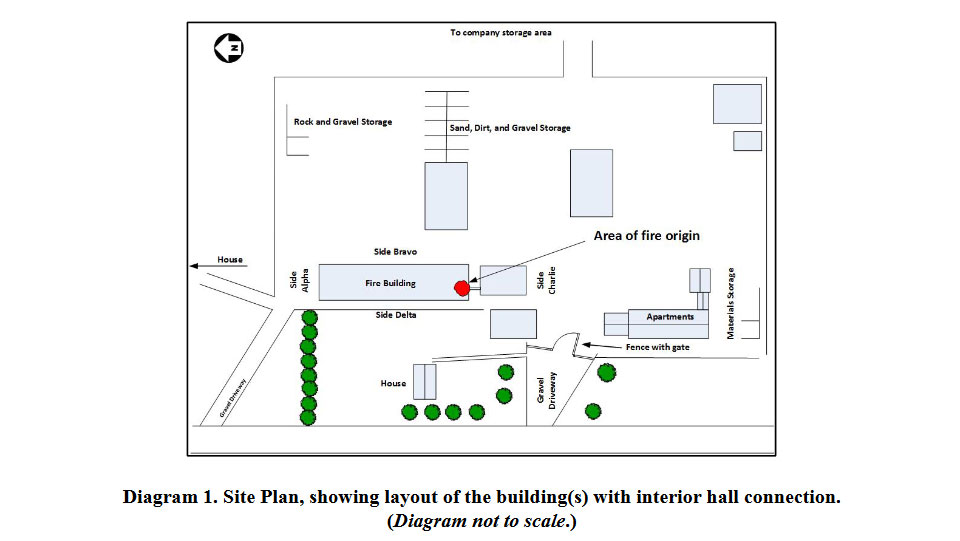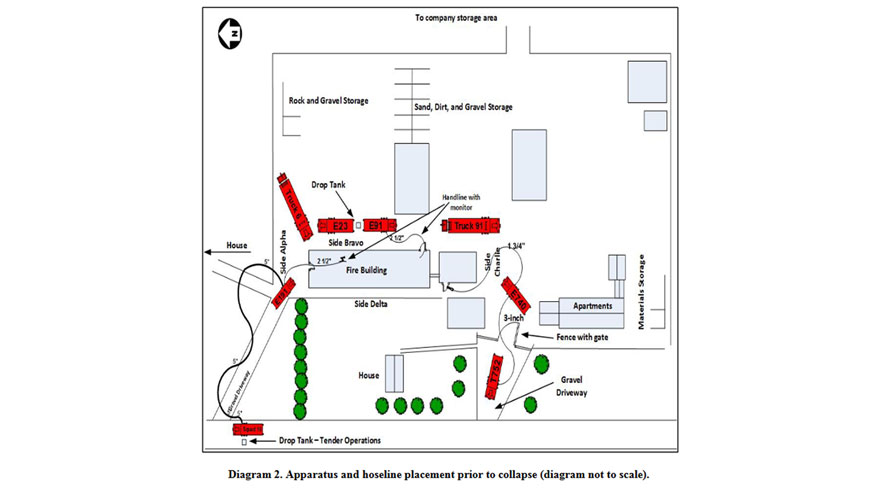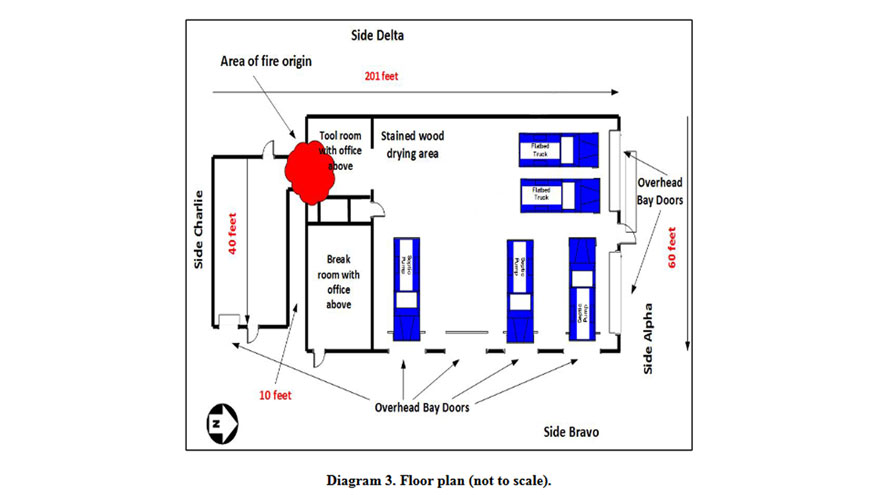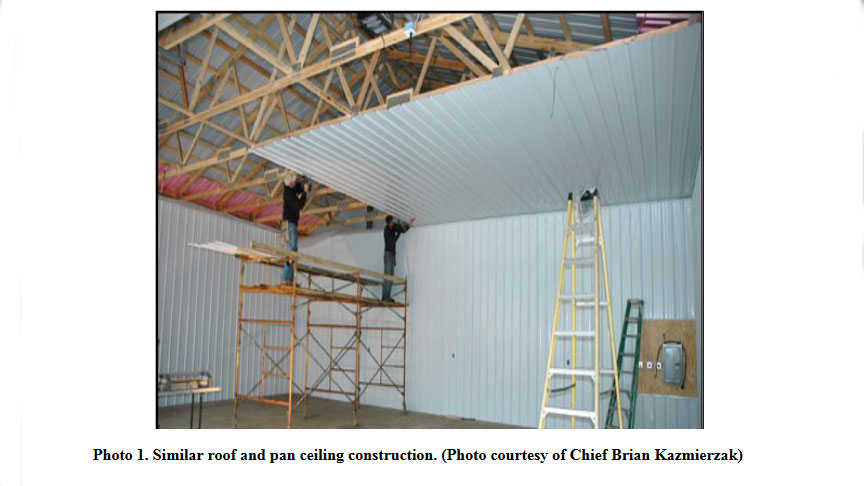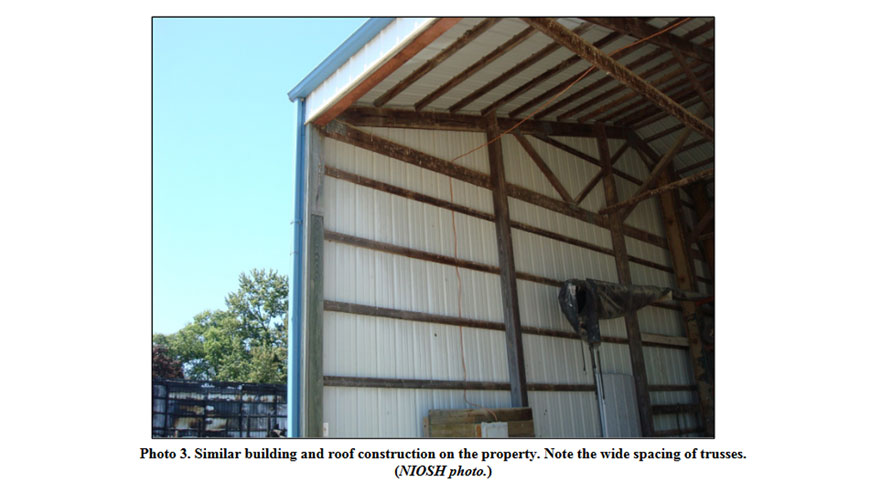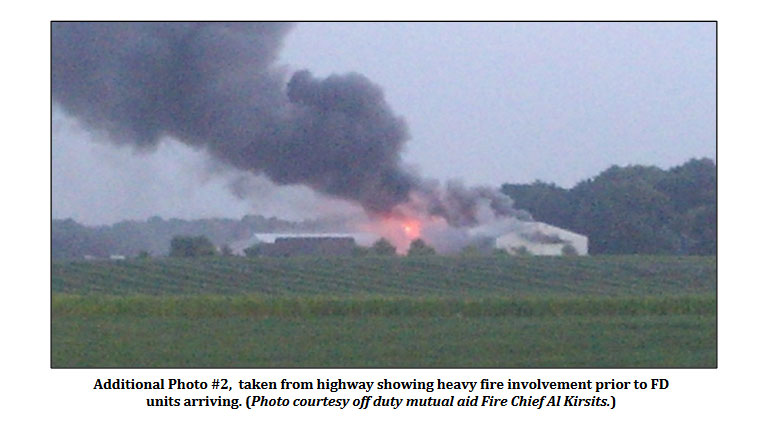Report details recommendations following death of Asst. Fire Chief Middlebrook
Four years after New Carlisle Assistant Fire Chief Jamie Middlebrook was killed while fighting a fire, a federal agency has released a report on the incident and announced several recommendations as a result of its investigation.
The report was created by the Fire Fighter Fatality Investigation and Prevention Program within the National Institute for Occupational Safety and Health (NIOSH).
The agency is tasked with conducting research and making recommendations for the prevention of work related injury, illness and fatalities.
Participation in the investigation is voluntary.
On August 5, 2014 around 9 p.m., firefighters from the New Carlisle Fire Department were called to a fire at K-Fex, Inc., an excavation and septic company at 5885 N. 800 E in New Carlisle.
The fire was in a pole barn-type building with wood truss supports and a pan ceiling. A pan ceiling is a metal ceiling attached to the truss. This type of ceiling makes it difficult for firefighters to see a fire in the ceiling.
Heavy fire was visible when firefighters arrived.
A decision was made initially to use a defensive attack because the contents of the building could not be saved.
Middlebrook and two other firefighters were inside the building to protect equipment and acetylene cylinders.
One of the firefighters left the building to charge the hose line.
Middlebrook and the other firefighter were still inside the building when the truss system failed and the ceiling and roof collapsed on them.
Middlebrook died in the collapse.
The other firefighter suffered an injury to his leg, but was unable to escape the building.
A mayday was called and because several of the firefighters had the same first or last names, there was confusion as to who was missing.
They realized two firefighters were in the building and Squad 18 entered to rescue them.
Squad 18 found the injured firefighter and pulled him out from under debris and out of the building. They looked around but did not see Middlebrook.
Firefighters continued fighting the fire until the early morning hours.
Middlebrooks' body was found at 1:05 a.m. The autopsy determined he died of a broken neck.
As part of the investigation, the NIOSH team spoke with firefighters, reviewed radio communications and other evidence.
Their goal was not to assign blame, but to determine what changes could be made to prevent a similar tragedy in the future.
The contributing factors identified:
- Incident management
- Incident action plan and risk assessment
- Offensive action in a defensive fire (hidden fire above pan ceiling)
- Communications/mutual aid
- Collapse/exclusion zones and situational awareness
- Lack of a safety officer
Recommendations
- Recommendation #1. Fire departments should ensure that a single, effective incident management system is established with a single, designated incident commander, especially when multiple fire departments respond together
- Recommendation #2: Fire departments should ensure that a stationary command post is established and the incident commander is able to communicate effectively.
- Recommendation #3: Fire departments should ensure that an incident action plan is developed and a risk assessment is performed throughout the incident and the tactics match the conditions encountered
- Recommendation #4: Fire departments should ensure offensive actions are not performed in a defensive strategy and enforce clear procedures for strategic mode changes.
- Recommendation #5: Fire departments should work together to develop mutual aid SOPs for fireground operations that include incident management, communications, and operations, and train on those procedures.
- Recommendation #6: Incident commanders should ensure that collapse zones and exclusion zones are established, marked, and enforced on defensive fires and incidents where dangerous or hazardous conditions exist and that a RIC is assigned even on defensive fires.
- Recommendation #7: Fire departments should ensure that fire fighters are trained in situational awareness and expected building performance under fire conditions.
- Recommendation #8: Fire departments should ensure that a safety officer, independent from the incident commander, is appointed at structure fires.
- Recommendation #9: When the water supply is limited or insufficient for fireground operations, the incident commander should ensure this issue is factored into the strategy and incident action plan.
- Recommendation #10: Fire departments should ensure that their radio communication system is capable of providing adequate coverage and is interoperable when multiple departments respond together and complies with NFPA 1561 Standard on Emergency Services Incident Management System and Command Safety.
- Recommendation #11: Fire departments should ensure that Incident Commanders use an incident command or a tactical worksheet during initial fireground operations and throughout the incident.
- Recommendation #12: Fire departments need to ensure that critical incident benchmarks are communicated to the incident commander throughout the incident
- Recommendation #13: Fire departments should ensure the incident commander uses a Mayday tactical checklist in the event of a Mayday

